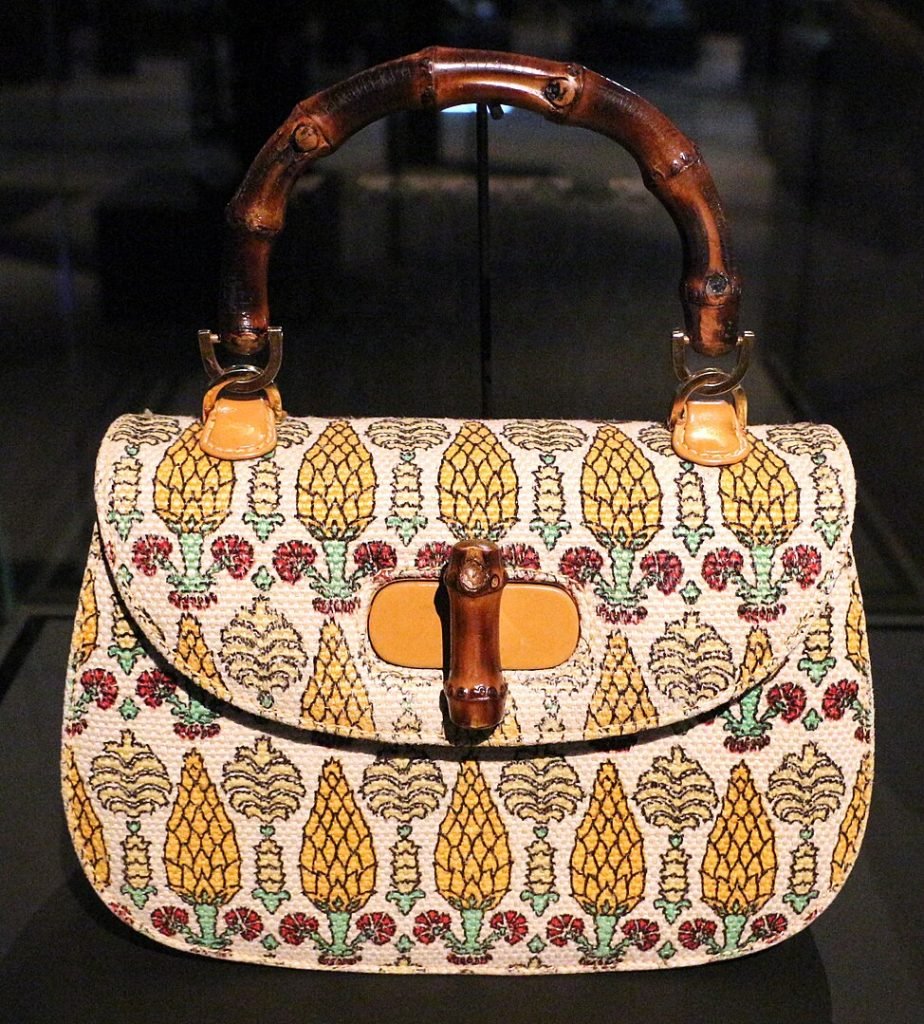Op art is a fun, eye-catching art style. It started in the 1960s and uses optical tricks, patterns, and bright colors to make things look like they’re moving or 3D. This style really gets your eyes working and makes looking at art exciting.
Op art actually began to form in the early 1900s. Artists started playing around with optical tricks and illusions. But it wasn’t until the 60s that op art became a big deal.
Victor Vasarely, a Hungarian-French artist, is seen as the dad of op art. His work – full of different colors, repeating patterns, and abstract – helped shape op art into its own busting art style.
Then there’s Bridget Riley, a British artist. She’s famous for her black and white pieces that play with your eyes. They feature lines and shapes that repeat and create optical tricks. Her work helped make op art big in the art world.
The phrase “op art” came from a Time magazine article in 1964. The article talked about how much people were interested in this brand new art style. It pointed out the optical illusions and how they played with your eyes. Time’s article made op art an accepted, influential art style.
In the 1960s, Op art grew more popular through shows and exhibits. The Museum of Modern Art in New York featured “The Responsive Eye” in 1965. They showed art from various Op artists. This brought a lot of attention to Op art and made it mainstream.
Op art got popular during the 1960s, and artists worldwide used this new style. Op art even had an impact on fashion, design, and architecture. With its bold, exciting look, it captivated many people and changed the art world.
While Op art was most popular in the 1960s, its effects are still noticeable today in modern art and design. Many artists still experiment with optical illusions and visual perception. They create amazing, provocative pieces that echo Op art’s past.





